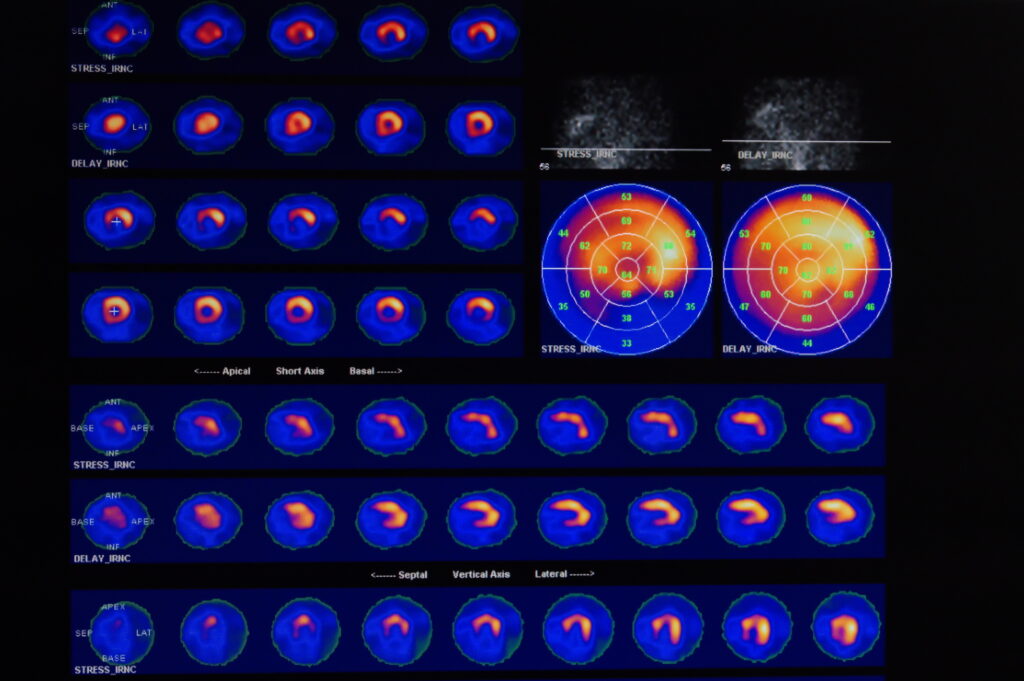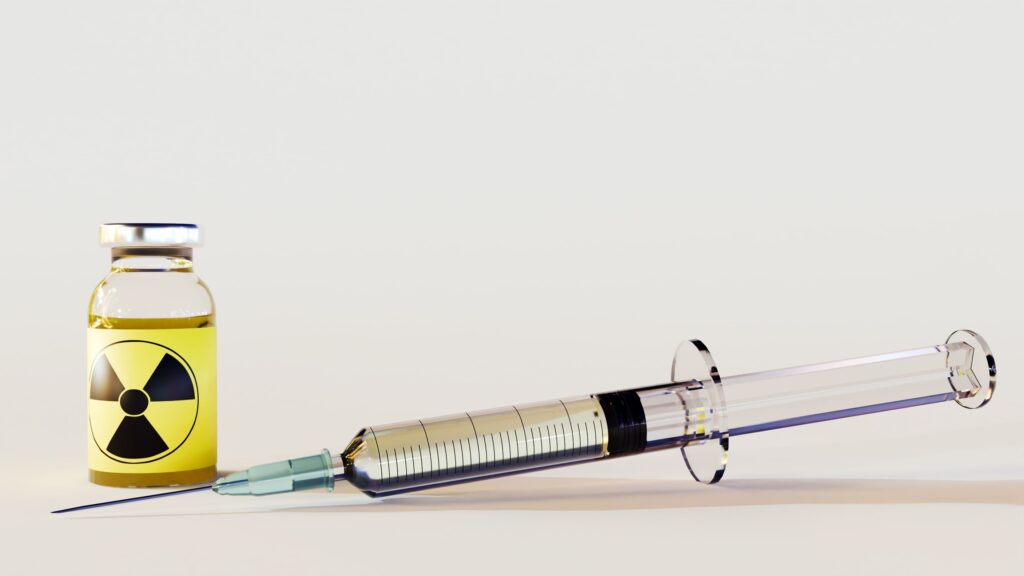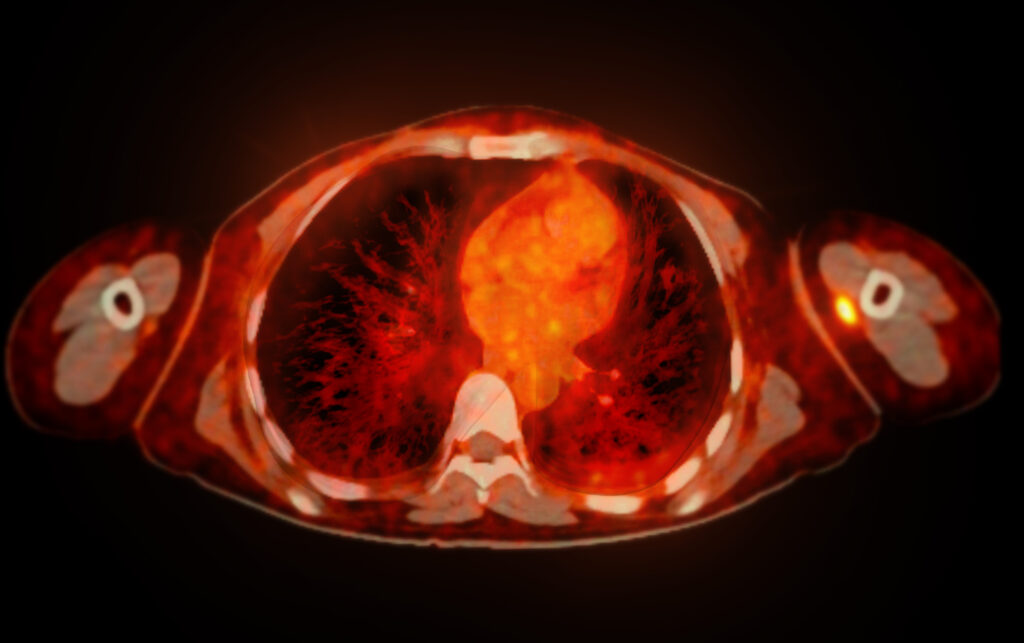Technetium-99m
Technetium-99m (Tc-99m) is a metastable nuclear isomer of technetium-99, a synthetic element with a significant application in nuclear medicine. Discovered in the 1930s by Emilio Segrè and Carlo Perrier, technetium was the first artificially produced element. Tc-99m, in particular, has become the most widely used radioisotope for medical imaging due to its favourable physical and radiological properties.
The primary reason behind Tc-99m widespread use in medical diagnostics is its ideal half-life of approximately six hours. This relatively short half-life allows for the rapid decay and elimination of the radioisotope from the patient’s body, minimizing radiation exposure. Additionally, Tc-99m emits gamma rays with an energy of 140 keV, which is optimal for detection by gamma cameras and single-photon emission computed tomography (SPECT) scanners. These properties enable physicians to obtain high-quality images while ensuring patient safety.
Technetium-99m is typically produced by irradiating a molybdenum-98 (Mo-98) target in a nuclear reactor, which then undergoes a nuclear reaction to form molybdenum-99 (Mo-99). Mo-99 decays to Tc-99m with a half-life of 66 hours, making it a practical generator-produced radioisotope. The Tc-99m is extracted from the Mo-99 through a straightforward chemical process, often called a ‘molybdenum cow’ or ‘technetium generator.’ The on-demand production of Tc-99m from Mo-99 allows healthcare facilities to continuously supply the radioisotope for diagnostic procedures.
One of the major advantages of Tc-99m is its ability to be complexed with various radiopharmaceuticals, allowing it to target specific organs or tissues in the body. For instance, Tc-99m can be combined with methylene diphosphonate (MDP) to assess bone metabolism or with diethylenetriaminepentaacetic acid (DTPA) for renal imaging. These radiopharmaceuticals facilitate the accumulation of Tc-99m in the desired tissue or organ, providing essential diagnostic information through gamma-ray detection.
Tc-99m is crucial in diagnosing various diseases and conditions, including cancer, heart disease, bone disorders, and thyroid issues. Some common imaging techniques using Tc-99m include SPECT, planar imaging, and SPECT/CT. These imaging modalities enable physicians to study the structure and function of organs, identify abnormalities, and monitor the progress of treatments.
You are here:
home » technetium-99m



